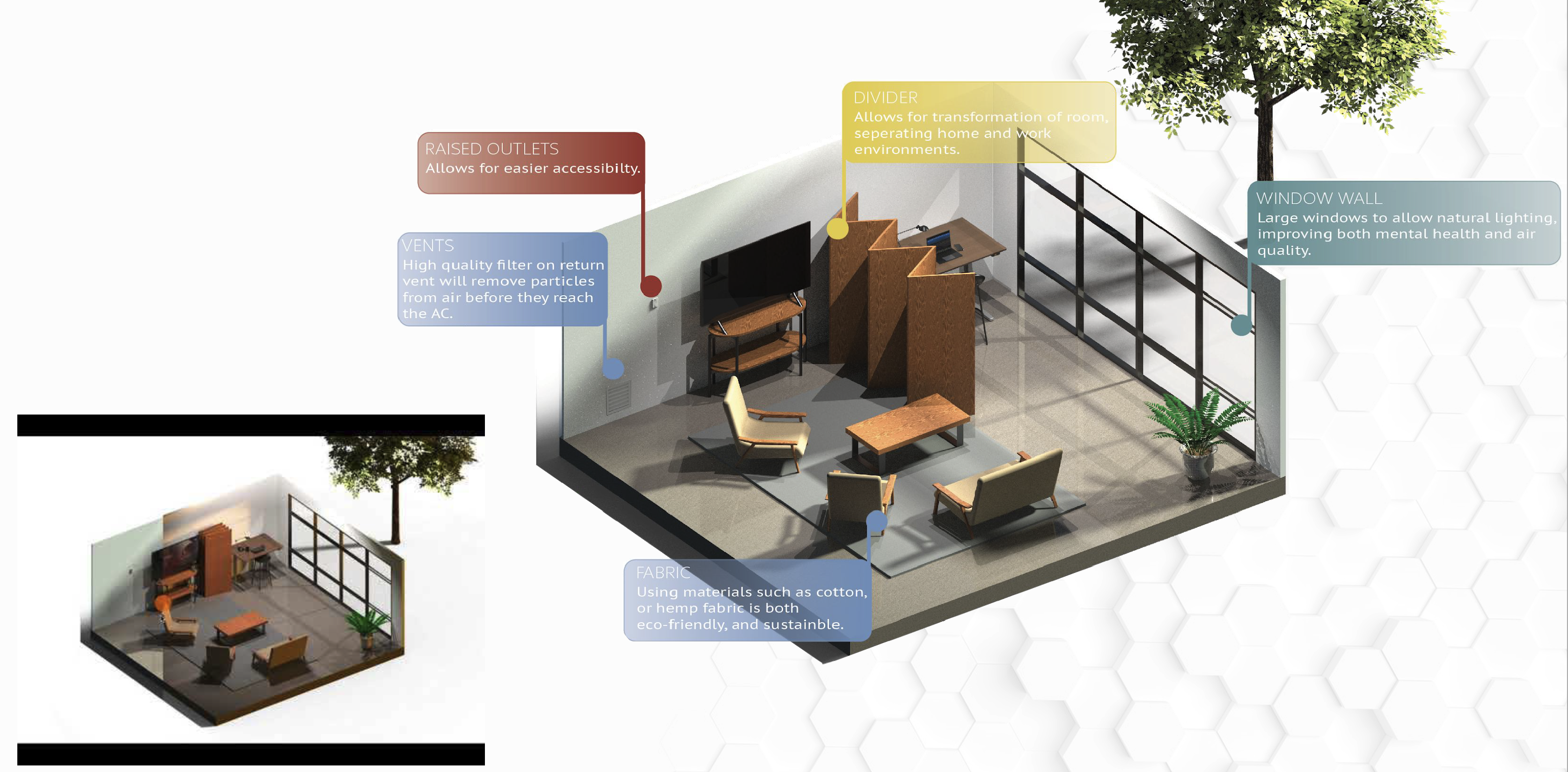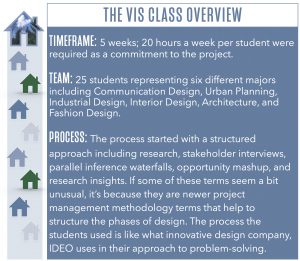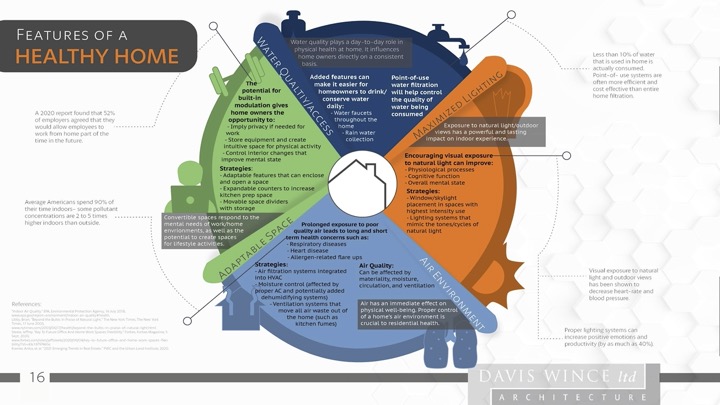Innovation is not just about the next big idea—it’s about creating environments that foster discovery. At Ohio State University, Wellogy is leading multiple transformative projects that push the boundaries that drive research and advanced manufacturing. From battery technology to microelectronics and geological hydrogen research, these projects are shaping the future of science and technology while reinforcing Wellogy’s commitment to strategic collaboration.
Powering the Future: Battery Research and Demonstration Center
Housed in a repurposed 180,000-sf former mattress factory, the Battery Research and Demonstration Center is a flagship initiative in advanced energy storage. This 22,000-sf, $22 million facility is a collaboration between Ohio State, private industry leaders like Honda, Schaeffler, and Stellantis, and the nonprofit development arm SciTech. Designed to accelerate battery prototyping and workforce training, the center will support cutting-edge research with specialized dry rooms that maintain dew points as low as -60°C, creating an essential environment for sulfide chemistry and next-generation solid-state battery development.

______________________________________________
“Our role is not just to design a space; it’s to create an ecosystem where education is the engine that drives researchers and industry partners towards innovation. This facility allows Ohio State to bridge the gap between research and real-world application, ensuring that groundbreaking discoveries make their way from the lab to the production floor.”
Matt Canterna, AIA, Principal at Wellogy
______________________________________________
Beyond research, the facility integrates demonstration and training programs that prepare a future-ready workforce. As automakers transition to electrification, hands-on experience with battery cell prototyping in a dry room will be critical to scaling new technologies for widespread adoption.
Pushing the Boundaries: Microelectronics Commons at OSU
The future of semiconductors and microelectronics depends on precision, adaptability, and security—qualities embedded in the Microelectronics Commons project at OSU’s Nanotech West. This $3.3 million renovation transforms a specialized research space into a state-of-the-art semiconductor and wafer prototyping facility.
The facility houses three advanced vapor deposition tools essential for semiconductor fabrication, supported by an intricate gas delivery and exhaust system. Working within an active research environment required Wellogy to seamlessly integrate new infrastructure while preserving existing resources.

______________________________________________
“In microelectronics, precision is everything. Every component, from gas distribution to safety protocols, is designed to support researchers in pushing the limits of semiconductor technology.”
Kathy Kelly, MBA, AIA, LEED AP, Principal and Laboratory Planner at Wellogy
______________________________________________
Security is another critical aspect of the project. With funding from the Midwest Microelectronics Commons and the CHIPS Act, the facility incorporates strict entry controls and surveillance to protect sensitive research and intellectual property.
Unlocking Clean Energy: Geological Hydrogen Research at the Energy Advancement and Innovation Center
As the world seeks sustainable energy alternatives, Wellogy is helping Ohio State pioneer geological hydrogen research at the Energy Advancement and Innovation Center (EAIC). In partnership with Koloma, a leader in hydrogen exploration, Wellogy is developing laboratories for geological hydrogen sample analysis.
The project includes the rapid transformation of a lower-level lab space into solids and liquids analysis labs, alongside a new headquarters and testing pod on the third floor. With a six-month turnaround from concept to completion, the project demonstrates Wellogy’s agility in delivering high-performance lab environments under aggressive timelines.
______________________________________________
“This project represents the first corporate tenant fit-out at the EAIC. The goal is more than providing lab space; it’s about creating a collaborative hub where research fuels real-world energy solutions.”
Matt Canterna, AIA, Principal at Wellogy
______________________________________________
Assembling the Best Teams to Build a Smarter Tomorrow
Wellogy’s projects at Ohio State reinforce a larger vision: that the built environment can accelerate discovery, support industry partnerships, and train the next generation of innovators. From advanced battery research to semiconductor fabrication and clean energy labs, these projects require expertise that extends beyond traditional design.
To meet these demands, Wellogy strategically assembles top-tier teams with industry leaders like Lamar Johnson Collaborative (LJC), Affiliated Engineers (AEI), and Clayco. This collective expertise brings cutting-edge solutions to every project, ensuring that Ohio State researchers have the best-designed environments to fuel discovery and industry advancement.
______________________________________________
“Our approach is rooted in collaboration. By bringing together the best firms to lead technology-rich projects, we create environments that don’t just meet today’s research needs, they anticipate the discoveries of tomorrow.”
Matt Canterna, AIA, Principal at Wellogy
______________________________________________
With a commitment to excellence and innovation, Wellogy and its partners continue to design spaces where academia meets industry to produce groundbreaking science, ensuring that Ohio State remains a leader in research, technology, and education.

















